You are here
Chardzhui Bridge.
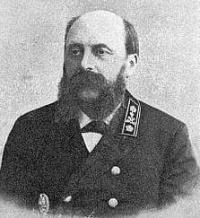
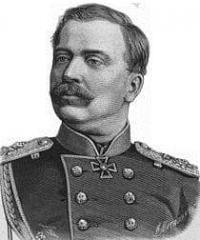
Walks in vicinity of Turkmenabat.
“Telephones were installed in three places on the bridge for emergency communication with nearby cities, stations or barracks. Electric lighting was installed along the entire length of the bridge. A power station and water tower were built on the left bank of the river near the bridge.”
“The main difficulty of construction on this site was associated with the construction of a three-kilometer railway bridge across the Amu Darya. Having considered all the proposals, M.N. Annenkov decided to build a temporary wooden bridge on pile supports. 28 steam and manual pile drivers were prepared and in September 1887 the first pile was driven. And already in January 1888, the laying of the track on the bridge was completed, and the first train passed along it. French travelers who visited the Trans-Caspian railway at that time wrote: “The word “impossible” does not exist for Russians, this is proven by the supernatural speed of construction bridge across the Amu Darya, begun last fall and completed in January 1888. The construction of the bridge made it possible to continue the road to Samarkand. The temporary bridge served for 13 years".
Chardzhui Bridge in Turkmenistan.
(Amu Darya Bridge) - on the Amu Darya, on the Central Asian Railway, near Chardzhuy, it is one of the most remarkable structures and the first in length (750 fathoms; the Alexander Bridge across the Volga has 674.1 fathoms) in Russia.
The bridge consists of 25 spans of 30 fathoms, made of triangular American system trusses with beveled ends, with a carriageway at the bottom and a panel for pedestrians at the top side. The bottom of the farms is raised above the horizon of the highest waters by 3 fathoms.
The bridge has electric lighting and telephone communication. The bulls consist of two columns with a diameter of 1.24 fathoms at the top, 1.72 fathoms at the bottom with a distance between centers of 2.60 fathoms, the top of the columns rises above the horizon of the highest waters by 2.74 fathoms, and below this horizon (104.2 5 fathoms above sea level), the columns are lowered to a depth of about 11 fathoms. Below the surface of the river bottom, the columns are connected in pairs by an iron ring and a common casing.
The weight of the bridge spans is 356,000 pounds. The construction of the bridge cost 3,468,000 rubles, in addition, 1,385,000 rubles were spent on regulatory work and strengthening the banks. Work on the construction of the bridge began on October 17, 1898, and the opening of the bridge took place on May 27, 1901.
Before the construction of this bridge, there was a wooden bridge here, about 2 ½ centuries long, which was also a very remarkable structure. The ceremonial laying of the bridge, designed by the outstanding bridge engineer Professor Nikolai Belelyubsky, took place on July 20, 1894.
Construction took four years, and on March 31, 1897, it was opened to traffic. teel structures of massive trusses with a total weight of 270 thousand pounds were manufactured in the Urals at the Votkinsk plant. The bridge had nine spans on stone piers made of local granite, laid on a granite bed.
The bridge design system proposed by Belelyubsky became known in the world practice of bridge construction as the “Russian system”. About ten years ago a bridge was built across the Amu Darya. This bridge was absolutely exceptional, a kind of miracle of construction technology.
The brave, enterprising General M.N. Annenkov, now deceased, when constructing the Trans-Caspian road, did not think about building it across this wide river. For two and a half miles, there is a wooden bridge.
No one had ever built a wooden bridge of such length, or even a railway bridge, and therefore it is not surprising that specialist engineers came not only from Europe, but even from America to admire this miracle of Russian construction art.
While the Transcaspian road was of an exceptional strategic nature, this bridge could still serve its purpose. But over time, when the Transcaspian road lengthened and expanded, renamed the Central Asian one, which would connect Andijan and Tashkent with Orenburg, and then with the whole of European Russia, it was necessary to think about the construction of a permanent iron bridge across the Amu Darya.
Reinforced trains and double traction cannot pass over a wooden bridge; Steam locomotives can only operate with a special, lightweight, reduced design, and then only during the day.
Thus, to increase traffic along this very important road connecting all of European Russia with rich Turkestan, a permanent iron bridge was needed. The construction of such a bridge should cost five million rubles. After much hesitation, it was only in October 1898 that it was decided to begin this grandiose construction.
The length of the bridge will reach 800 fathoms. All metal parts are manufactured in Russia - Bryansk factories and weigh several million pounds. The construction of the bridge is led by engineer Olshevsky. The work is progressing so quickly that, in all likelihood, it will be completed next year.
The construction of the Amudarya permanent bridge had enormous economic and political significance. Design for a permanent bridge began in 1895, and construction work began in October 1898. A new bridge was built next to the temporary one. Its length was about 1600 meters, and the length of the spans was more than 60 meters; in total there were 25 such spans.
The bridge became the longest in the Russian Empire, surpassing the Alexander Bridge across the Volga in length, and ranked third in the world. The difficulty of construction was that the river flow was very fast, the sandy bottom contributed to the periodic displacement of the bed and the river itself in different directions.
The cost of construction, including regulatory work and shore strengthening, amounted to 4,853,000 rubles. The bridge design and construction were carried out under the leadership of railway engineer Stanislav Ippolitovich Olshevsky.
His assistant was engineer G.S. Kikodze, and the work was carried out by engineer I.M. Kharitonov. About three thousand workers took part in the construction of the bridge - a huge number for those times. They came from Central Russia and the Urals.
Construction conditions were extremely difficult. The obstinate Amu Darya could have washed away all the buildings erected before this overnight. In this case, the work of several days or weeks was wasted. The entire bridge structure extended below the water level by more than 23 m.
The bridge piers consisted of paired columns with a diameter of about three meters at the lower base, gradually tapering slightly upward. They went deep to the bottom of the river. The danger and labor intensity of the underwater work of digging ox mines was so great that each worker who participated in it was paid one gold ruble per day, which was three to four times the average wage of factory workers.
The grand opening of the grandiose structure took place on May 27, 1901 in the presence of the Turkestan Governor-General N.A. Ivanov and his wife, His Highness the Emir of Bukhara, the Samarkand military governor General Medinsky, railway engineer Professor N.A. Belelyubsky, head of the Central Asian Railway, Colonel D.L. Horvat, construction manager S.I. Olshevsky and other construction participants.

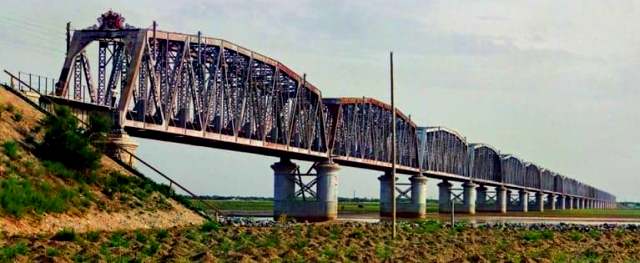
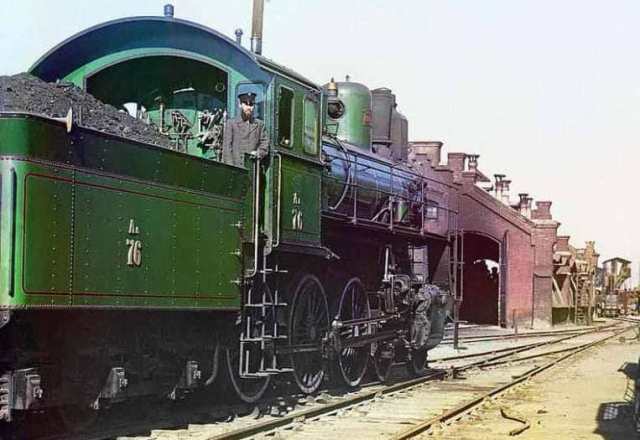
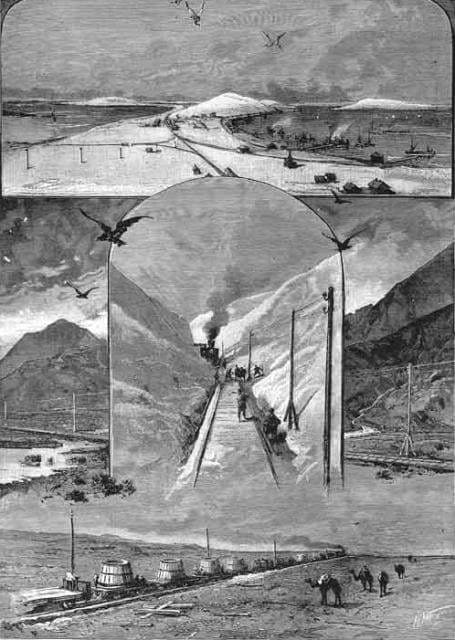
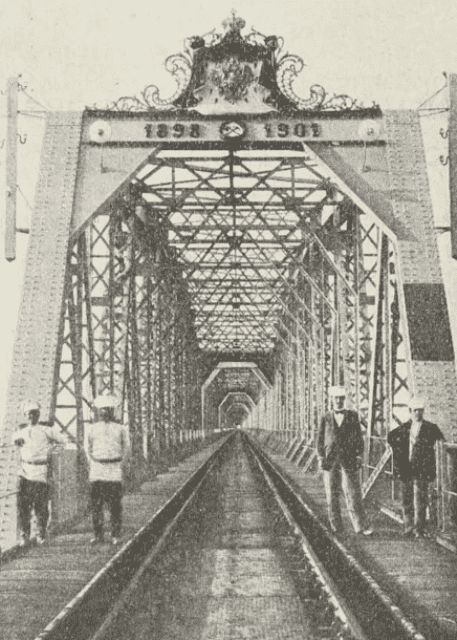
Authority:
Magazine «Niva, 1900. №48, с. 964 http://gatchina3000.ru/
Photos by:
The top one, photo by L. Telminov taken from the resource https://joeandex.livejournal.com/19966.html







